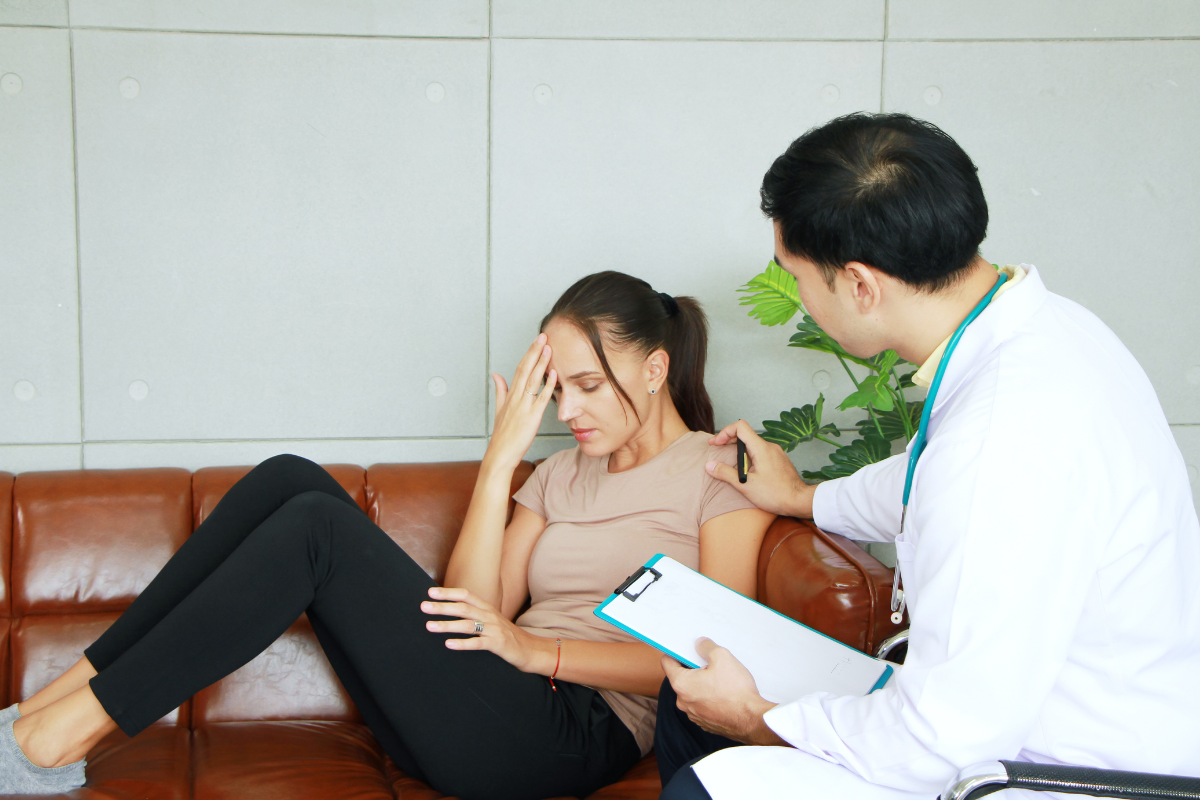Major Depressive Disorder
It’s normal to feel sad now and then, but if you feel sad often and it gets in the way of your daily life, you may have severe depression. It’s a problem that can be treated with medicine, therapy, and changes to how you live.
Depression can look different in different people. Some are caused by things that happen in life, and others are caused by chemical changes in the brain.
No matter where you heard it, the first thing you should do is talk to your doctor about how you feel. They might tell you to talk to a mental health worker to find out what kind of depression you are going through. With this diagnosis, your doctor will be able to choose the best way to treat you.
Bipolar Disorder
A person with bipolar illness, which is frequently referred to as “manic depression,” experiences mood swings that vary from intense bursts of “up” energy to depressing lows.
In the low phase, significant depressive disorder symptoms will be present in you.
Your mood fluctuations may be controlled with medication. Whether you’re going through a high or low point, your doctor might advise taking a mood stabilizer like lithium.
Three medications have received FDA approval to treat the depressive stage:
- Seroquel
- Latuda
- Olanzapine-fluoxetine combination
Sometimes, doctors will recommend additional medications for bipolar depression that are not approved by the FDA, such as the anticonvulsant lamotrigine or the atypical antipsychotic Vraylar.
Because there is no evidence from studies that traditional antidepressants are more effective than a placebo (a sugar pill) in treating depression in patients with bipolar illness, these medications are not always advised as first-line therapies. Additionally, some conventional antidepressants may raise the possibility of a “high” phase of the illness or speed up the frequency of experiencing additional episodes over time in a small percentage of bipolar disorder sufferers.
Additionally, psychotherapy can support you and your family.
Also Read:
Major Depression
Your doctor might refer to this as a “major depressive illness.” If you experience depression on most of your days of the week, you may have this type.
Other signs you may experience include:
- A decline in enjoyment or interest in your activities
- Gain or loss of weight
- Inability to fall asleep or difficulty staying asleep during the day
- Restless and irritated feelings, as well as extreme sluggishness and slowing of the body and mind
- Being worn out and drained of energy
- A sense of worthlessness or guilt
- Difficulty focusing or making decisions
- Visions of suicide
If you have five or more of these symptoms on a daily basis for two weeks or more, your doctor may determine that you are suffering from serious depression. Depression or a loss of interest in activities must be at least one of the symptoms.
Seasonal Affective Disorder (SAD)
Major depression that most frequently occurs in the winter when the days are shorter and you receive less and less sunlight is known as seasonal affective disorder. Usually, it disappears in the spring and summer.
Antidepressants can be beneficial if you have SAD. So too can light therapy. You must spend 15 to 30 minutes per day seated in front of a special bright light box.
Persistent Depressive Disorder
Persistent depressive disorder is the name for depression that lasts for two years or longer. Previously called as dysthymia (low-grade persistent depression) and chronic severe depression, these two disorders are now referred to by one word.
You might experience signs like:
- The way you eat has changed (not eating enough or overeating)
- Excessive or insufficient sleep lack of energy or weariness
- A low sense of self
- Difficulty focusing or making decisions
- Having no hope
- Psychotherapy, medicine, or a mix of the two may be used to treat you

